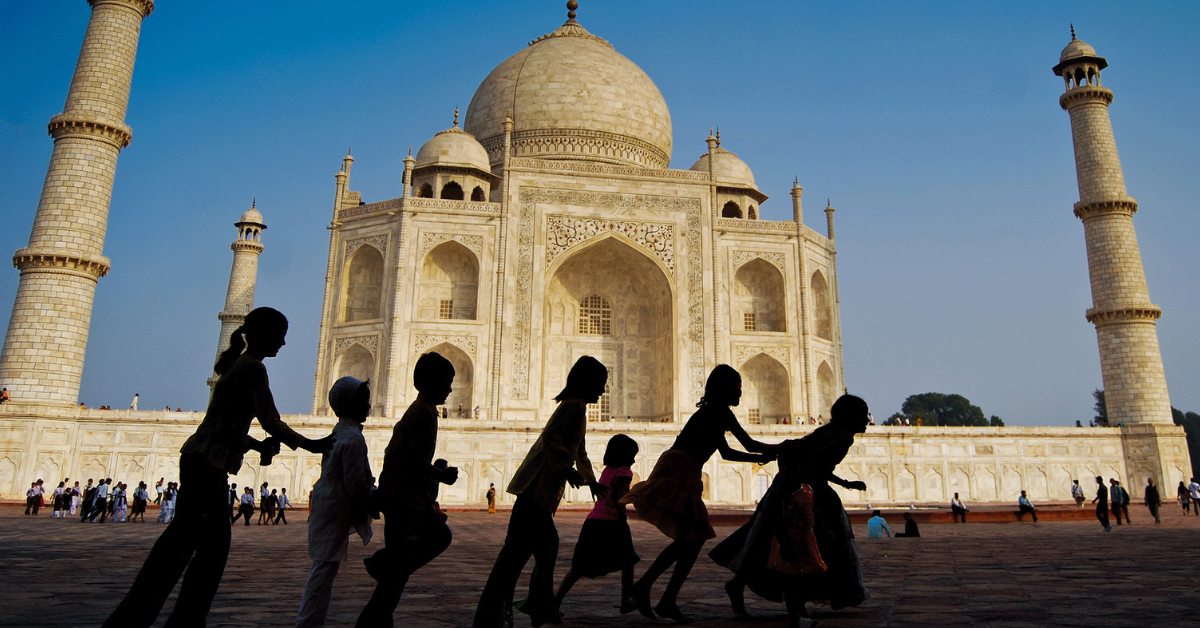Desi Travel Games for Kids: 8 Fun Ways to Keep Them Happy Without Screens
Let’s be honest, travelling with kids is a bit like packing for the weather, it is like you never really know what you are going to get. One minute it is giggles and snacks, the next it is “Mum, I am bored” for the fifth time in ten minutes. But the good part is you do not need a suitcase full of gadgets to keep little ones entertained on the move.
Whether you are hitting the road, taking the train, or flying off somewhere sunny, these eight creative and lesser-known travel activities are best for turning any journey into quality family time. They will keep kids engaged, encourage creativity, and help everyone make memories that last long after the bags are unpacked.
1. Train bingo – With a desi twist
Bingo is a classic travel game, but give it an Indian twist and it becomes a whole lot more fun. Swap out generic items for desi sights like a chaiwala with his clinking cups, cows ambling by the tracks, women in bright saris, or a colourful truck on the highway.
Create DIY bingo cards before you set off, or download versions with local references. Add a playful reward, perhaps the winner picks the next song or gets the first bite of the potato sandwich. It keeps children engaged with the world outside the window and steers them away from screens.
 Travelling with kids can seem hectic, but it is fun if you have the activities planned; Picture source: andBeyond
Travelling with kids can seem hectic, but it is fun if you have the activities planned; Picture source: andBeyond
2. Postcard pen pals
Combine the joy of writing with the excitement of travel. Before your journey, help your child pick a few friends or relatives to send postcards to along the way. Pack some stamps, pens, and stickers.
At each stop, your child can choose a postcard, scribble a quick note about something they have seen or done, like “rode a shikara in Kashmir” or “saw a puppet show in Jaipur”, and drop it in the nearest postbox. Not only does it encourage reflection and writing, but the idea that someone is eagerly waiting for their message adds a lovely sense of purpose.
3. Audio adventures and story pauses
Long journeys are best for diving into a good story. Download some Indian folktales, mythological stories, or children’s podcasts set in different parts of the country. If you are heading to Kerala, try sea legends from the Malabar coast. Going to the mountains? Tune into tales of Himalayan spirits and hidden valleys.
Pause the audio from time to time and ask questions like, “What do you think happens next?” or “Would you have done the same?” It sparks imagination, encourages thinking, and turns passive listening into an engaging experience. You could even record your own family story as a keepsake from the trip.
 Encourage your kids to appreciate the scenery around them and keep them away from the screens; Picture source: Solitary Traveller
Encourage your kids to appreciate the scenery around them and keep them away from the screens; Picture source: Solitary Traveller
4. Taste the trip – A daily food challenge
Travel is the best way to introduce children to new tastes, and a food challenge adds a layer of fun. Each day, invite them to try one new dish, sweet, or snack. From momos in a misty hill station to bhel puri at a beachside stall, there is always something unfamiliar and exciting.
Make a fun scorecard with categories like:
Even the pickiest eaters get intrigued when food becomes part of a game. By the end of the trip, you will have a delicious memory trail and maybe a few new dishes to try making at home.
5. The backseat photo safari
Give your child a camera or an old phone and appoint them the official family photographer. Set a new challenge every day to make the trip fun for them. You can give them challenges like, “Find the most interesting pattern or design,” “Take a photo of something yellow,” or “Snap something that made you laugh.”
 Create a memory jar for the trip by asking your child to collect a small item from each place you visit; Picture source: Solitary Traveller
Create a memory jar for the trip by asking your child to collect a small item from each place you visit; Picture source: Solitary Traveller
This activity encourages children to notice details, see beauty in everyday things, and document the world from their perspective. Once you are back, you can print the pictures and make a scrapbook or create a digital slideshow together.
6. Local hero hunt
Before arriving at a new place, introduce your child to a local hero, someone who shaped the city’s history, or a figure from folklore. In Pune, share the story of Savitribai Phule; in Bengaluru, talk about the brilliance of Sir M Visvesvaraya; and if you are travelling through Tamil Nadu, introduce them to the fearless Rani Velu Nachiyar
Once you are there, go on a “hero hunt”, and look for statues, road signs, plaques, or even souvenirs. You could ask locals for stories or visit a nearby museum. It brings history to life and turns sightseeing into a fun and meaningful adventure.
7. Mini market missions
Local markets are buzzing with sights, sounds, and stories, and are perfect for giving children a little independence. Hand them a small budget and a simple challenge:
- Buy a snack we have never tried
- Find the most colourful item
- Choose a gift for your teacher
They will practise decision-making, handling money, and maybe even try speaking a few words in the local language. It is a brilliant way to build confidence and let them take charge of part of the experience.
8. The memory jar
Rather than buying expensive souvenirs, make your family keepsake. Carry a small jar or pouch, and collect tiny mementoes along the way like train tickets, pebbles from a riverside, a leaf from a forest walk, or a sweet wrapper from a roadside stall.
 Make every trip memorable by including your child in the decision-making—like choosing what to eat or do; Picture source: Holidify
Make every trip memorable by including your child in the decision-making—like choosing what to eat or do; Picture source: Holidify
Each evening, ask your child to write down why they chose that item. For example, they can write, “This pebble is from the stream we played near,” or “This wrapper is from the chocolate we bought in Ooty.” When you return, you will have a jar full of personal memories that you can read to remember the fun times.
The best travel memories are not always found at the destination. They are tucked into the giggles over shared snacks, the stories told during power cuts, and the silly songs sung in the back seat.
You don’t need fancy gadgets or perfect planning to make family travel special, just a few creative ideas, an open mind, and a sense of fun. So next time you are packing your bags, do not forget a camera, a few postcards, and that empty jar. Because wherever you go, it is what you do together that makes it unforgettable.
News